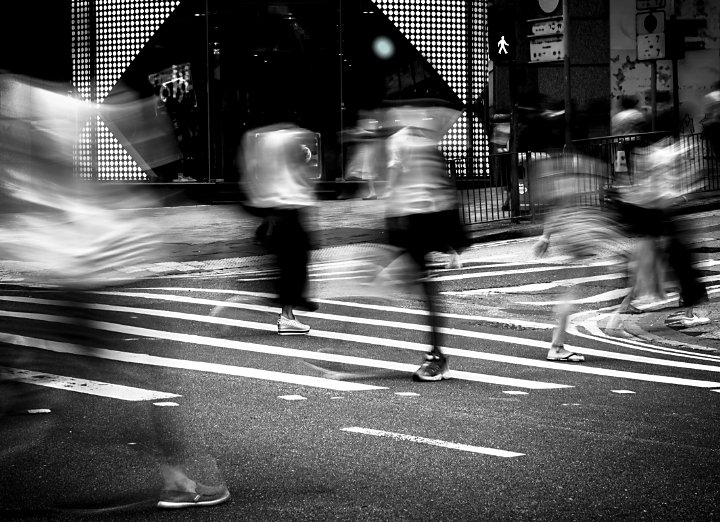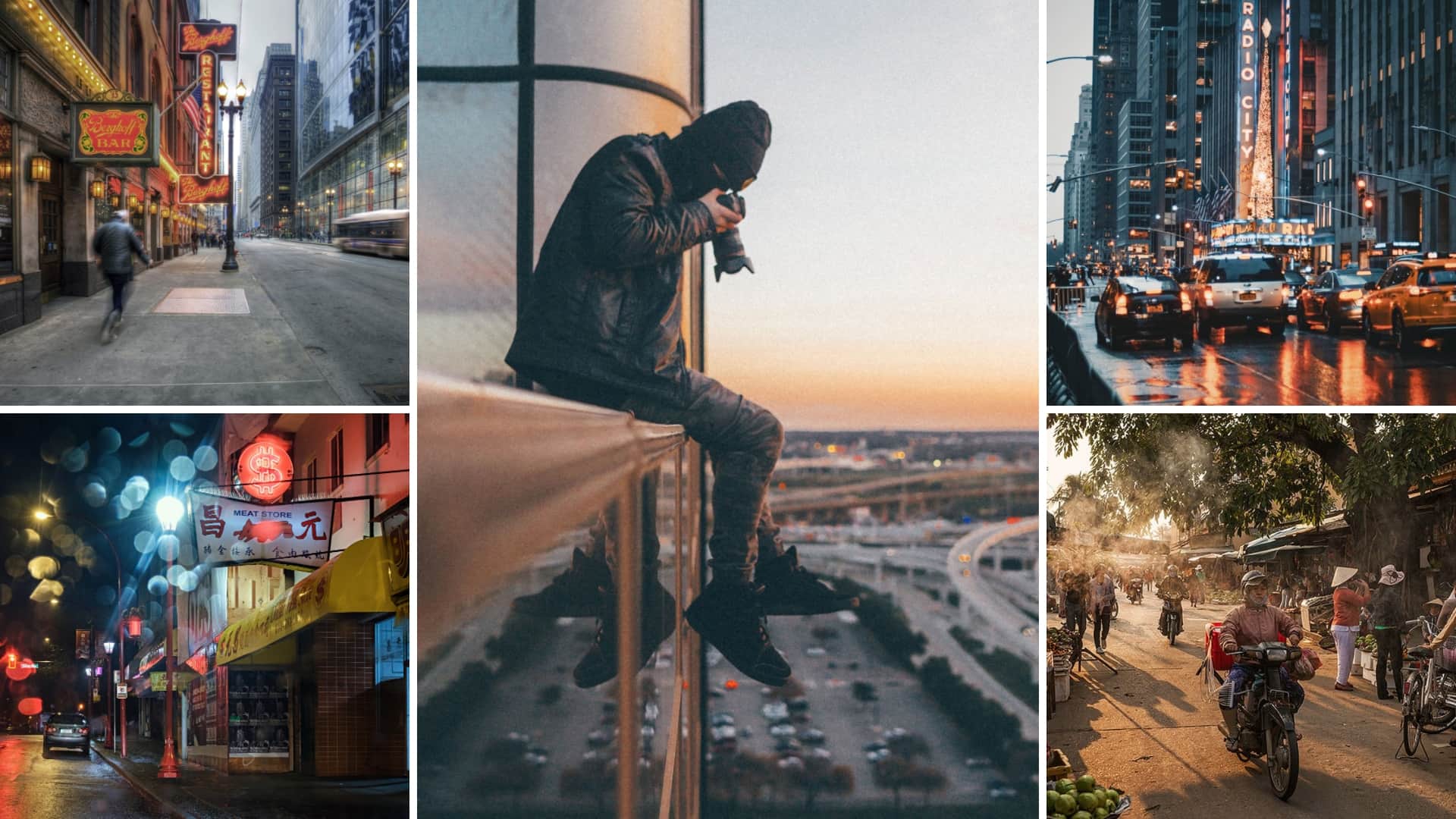The 7-Minute Rule for Framing Streets
Wiki Article
An Unbiased View of Framing Streets
Table of ContentsThe Only Guide for Framing StreetsHow Framing Streets can Save You Time, Stress, and Money.Getting My Framing Streets To WorkFascination About Framing StreetsFraming Streets Things To Know Before You Get ThisThe Only Guide for Framing Streets
Photography genre "Crufts Pet dog Program 1968" by Tony Ray-Jones Street digital photography (additionally occasionally called honest digital photography) is digital photography carried out for art or inquiry that includes unmediated possibility encounters and arbitrary events within public areas, usually with the goal of capturing photos at a crucial or emotional moment by careful framing and timing. 
Subsequently his boots and legs were well defined, but he lacks body or head, since these were in activity." Charles Ngre, waterseller Charles Ngre. https://www.provenexpert.com/framing-streets/ was the very first digital photographer to obtain the technical elegance required to sign up people in motion on the road in Paris in 1851. Professional Photographer John Thomson, a Scotsman collaborating with journalist and social lobbyist Adolphe Smith, published Street Life in London in twelve regular monthly installments beginning in February 1877
Everything about Framing Streets
Eugene Atget is considered as a progenitor, not because he was the initial of his kind, however as a result of the popularisation in the late 1920s of his document of Parisian roads by Berenice Abbott, who was inspired to undertake a similar documents of New York City. [] As the city created, Atget helped to promote Parisian streets as a worthy topic for digital photography.
Framing Streets Things To Know Before You Buy
The chief Mass-Observationists were anthropologist Tom Harrisson in Bolton and poet Charles Madge in London, and their initial record was produced as guide "May the Twelfth: Mass-Observation Day-Surveys 1937 by over two hundred observers" [] Window cleaner at Kottbusser Tor, Berlin, by Elsa Thiemann c. 1946 The post-war French Humanist Institution professional photographers discovered their topics on the street or in the diner. Between 1946 and 1957 Le Groupe des XV annually displayed job of this kind. Andre Kertesz. Circus, Budapest, 19 May 1920 Road digital photography formed the major material of 2 events at the Museum of Modern Art (Mo, MA) in New York curated by Edward Steichen, 5 French Photographers: Brassai; Cartier-Bresson, Doisneau, Ronis, Izis in 1951 to 1952, and Post-war European Digital Photography in 1953, which exported the idea of street digital photography worldwide.
The Of Framing Streets
The recording equipment was 'a concealed camera', a 35 mm Contax hidden beneath his layer, that was 'strapped to the upper body and linked to a long wire strung down the right sleeve'. Nevertheless, his work had little modern influence as due to Evans' sensitivities regarding the creativity of his task and the privacy of his topics, it was not published till 1966, in guide Numerous Are Called, with an intro composed by James Agee in 1940.Helen Levitt, then a teacher of young kids, related to Evans in 193839. She recorded the temporal chalk drawings - photography presets that became part of children's street society in New York at the time, as well as the kids who made them. In July 1939, Mo, MA's new digital photography section included Levitt's work in its inaugural exhibitionRobert Frank's 1958 publication,, was significant; raw and commonly indistinct, Frank's photos examined conventional photography of the moment, "challenged all the formal guidelines laid down by Henri Cartier-Bresson and Pedestrian Evans" and "flew in the face of the wholesome pictorialism and genuine photojournalism of American magazines like LIFE and Time".
Report this wiki page